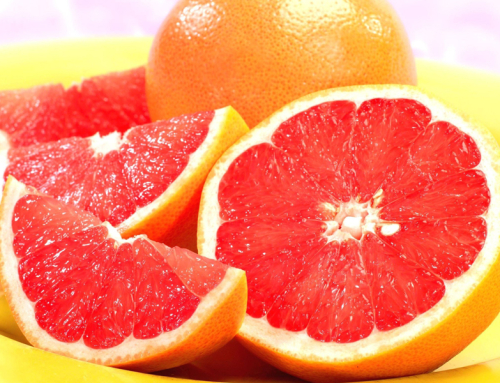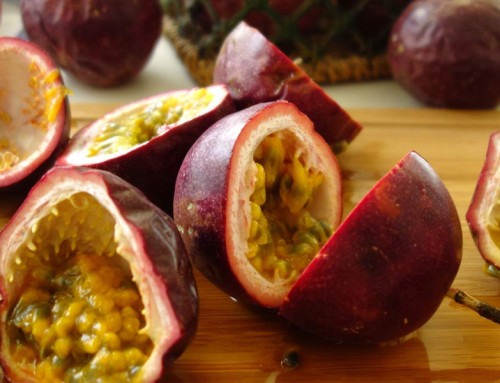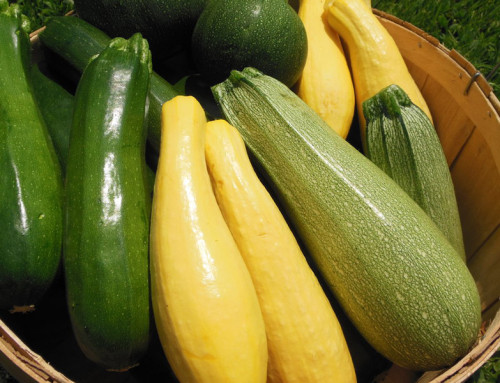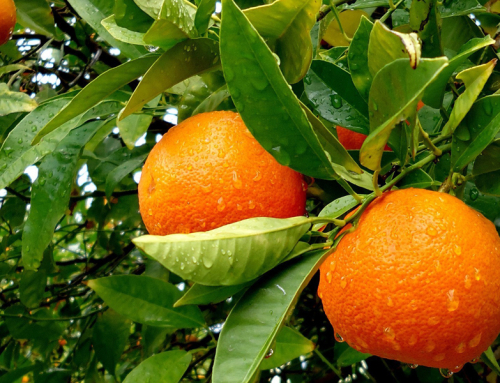- 1 Whole Kiwi (about 3.2 oz): 42 Calories
Ever want a low-calorie snack that tastes great, packs a ton of vitamin C, and won’t break your budget? Enter the kiwi. This tiny fruit is a great citrus snack with plenty of vitamins and few calories. Although there are different species of kiwi grown around the world, the most common is the one you see sold at grocery stores and supermarkets – the fuzzy kiwifruit with green flesh inside and a dark green/brown skin. You can also find larger kiwis with harrier skins, different color skins and insides, and different shapes.
Fun Fact: In New Zealand, kiwi refers to the bird, not the fruit. Ask for the kiwifruit if you want the fruit.
Kiwi is a fun fruit to at and include in your dishes. It makes for a great addition to any fruit salad. With its green flesh, add kiwis for extra tang and color to a sweet salad. Need a unique look for your cake or pastry? Adding the kiwi to that is a great addition of a healthy fruit to a high-calorie cake or pastry, not to mention the extra green color for a fun look. For those watching their weight and looking to eat healthier, adding kiwis to yogurt or cereal is a great way to get vitamin C without adding too many calories. Don’t forget that kiwi can also be baked or added to juices. If you don’t have time for any of that, the most common and easiest way to eat it is simply raw.
Note: If mixing kiwi with a milk-based product, be sure to serve it quickly. Kiwi and milk-based products left for over a few hours will begin to solidify.
One careful reminder though, kiwi is a common allergen in children. This means that it causes an allergic reaction to those who are affected by it. Therefore, parents should be careful before introducing their children to the kiwi. Children under 3 should avoid trying kiwis.
When you’re looking to spice up your diet with a zesty and vitamin and mineral packed fruit, think of adding kiwi. Enjoy it raw or served with dessert or blended as a juice.












